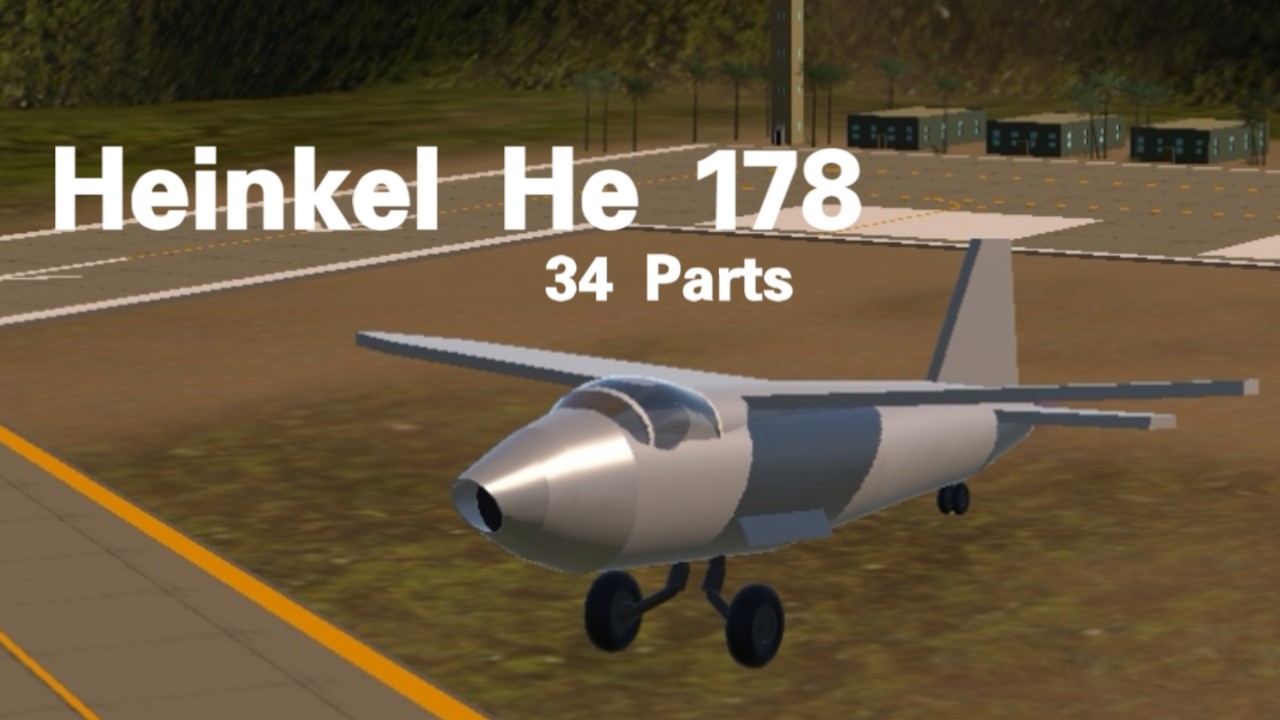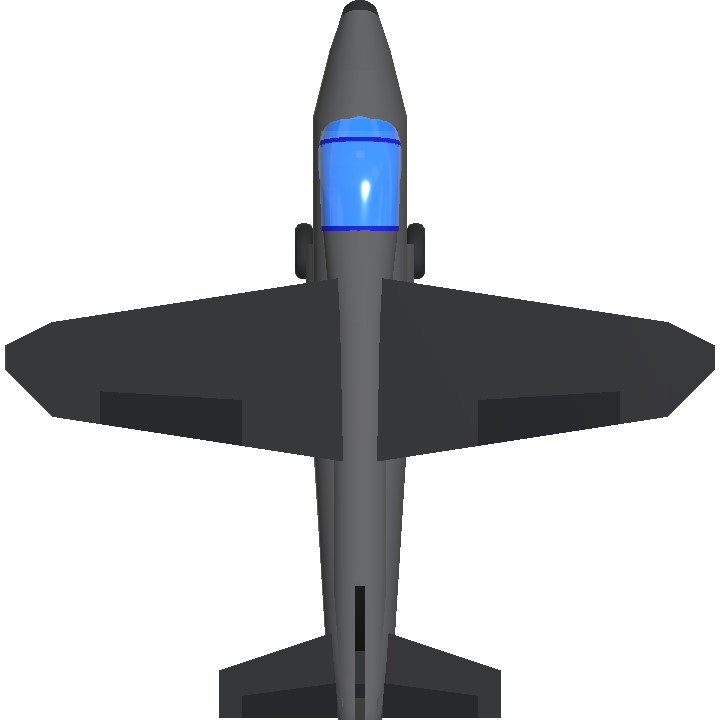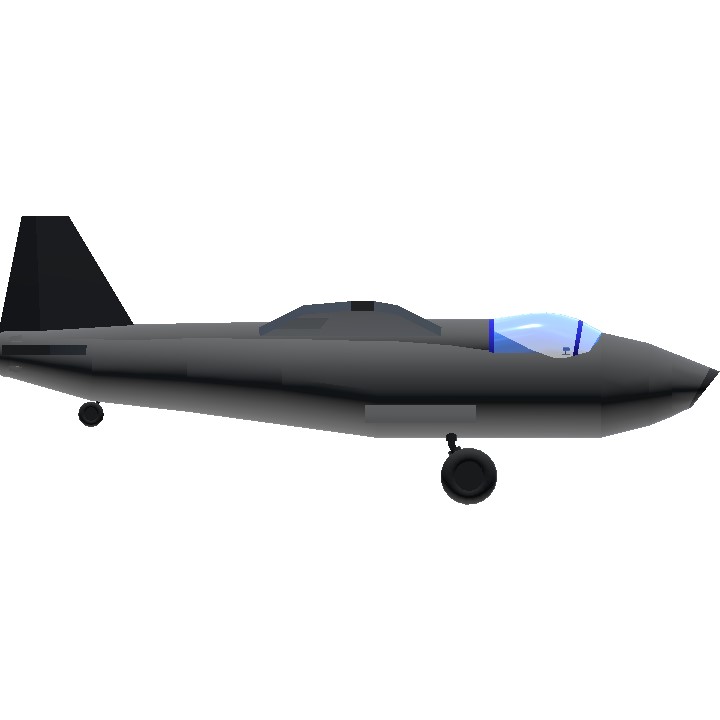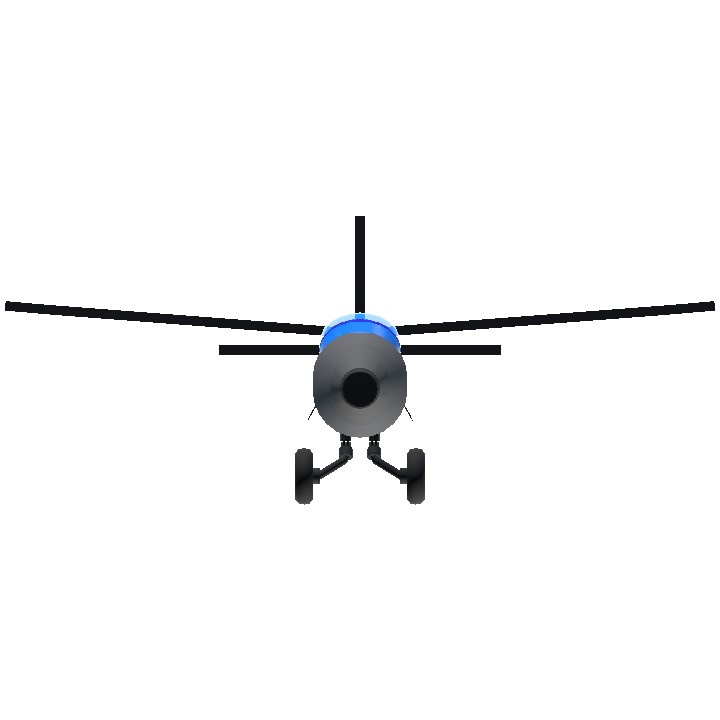
The Heinkel He 178 is a groundbreaking aircraft that holds a significant place in aviation history as the world's first jet - powered aircraft. Developed by the German aircraft manufacturer Heinkel during the late 1930s, this experimental plane was a product of innovative thinking and technological advancements.
Development Background
In the 1930s, the limitations of piston - engine - powered aircraft were becoming increasingly apparent. The quest for higher speeds, greater altitudes, and enhanced performance led to the exploration of new propulsion systems. German engineer Hans von Ohain was one of the key figures in this pursuit. In 1935, he successfully patented the concept of using the exhaust from a gas turbine for propulsion. Ernst Heinkel, recognizing the potential of Ohain's idea, provided the necessary industrial support. This collaboration was crucial as it allowed Ohain to develop and demonstrate his first working turbojet engine, the Heinkel HeS 1, in September 1937.
Design and Construction
The He 178 was designed with a focus on simplicity and functionality, given its role as an experimental prototype. It featured a compact, barrel - shaped metal fuselage, which was a stressed - skin monocoque structure made of duralumin light alloy. This construction provided strength while keeping the weight relatively low. The wings were of all - wood construction and had a straight - tapered design with an elliptical trailing edge on the first prototype (the second prototype had a different wing design). They were mounted high on the sides of the fuselage, which was beneficial for visibility and stability.
The engine, initially a Heinkel HeS 3B turbojet, was housed within the central fuselage. Air was fed into the engine through a circular pitot - type intake in the nose. This nose - intake design was a characteristic feature of early jet aircraft. The He 178 was equipped with a tailwheel undercarriage, and while the main landing gear was designed to be retractable, during the flight trials, it often remained fixed in the "down" position, likely for safety or simplicity reasons.
Flight and Significance
The first prototype, He 178 V1, took to the skies on August 27, 1939, just days before Germany invaded Poland. Piloted by Erich Warsitz, the maiden flight lasted only six minutes but was a momentous occasion. Warsitz described the experience, noting that the aircraft moved off slowly at first but gained speed rapidly. Despite some issues like an inability to retract the landing gear during the flight, it was a successful initial test.
However, the He 178 had its limitations. Its maximum speed was restricted to around 598 kilometers per hour (372 mph), even with the more powerful HeS 6 engines later installed, which could generate up to 5.8 kN (1,300 lbf) of thrust. Its combat endurance was also limited to a mere ten minutes. These limitations, along with the fact that the German military was already invested in other projects, meant that high - ranking Nazi officials, such as Ernst Udet and Erhard Milch, were not impressed when they witnessed a demonstration flight.
Nevertheless, the He 178 was a significant technological achievement. It provided valuable test data that guided the development of subsequent jet - powered aircraft. Heinkel, undeterred by the lack of interest from the military, used the knowledge gained from the He 178 to develop the twin - engined jet - powered fighter aircraft, the He 280.
Specifications
Spotlights
- SimplyElegant 7 months ago
- ComradeBazookaBall 7 months ago
- Mitterbin 7 months ago
General Characteristics
- Created On Android
- Wingspan 24.3ft (7.4m)
- Length 25.0ft (7.6m)
- Height 9.7ft (3.0m)
- Empty Weight N/A
- Loaded Weight 4,130lbs (1,873kg)
Performance
- Power/Weight Ratio 2.04
- Wing Loading 27.6lbs/ft2 (134.8kg/m2)
- Wing Area 149.7ft2 (13.9m2)
- Drag Points 1300
Parts
- Number of Parts 34
- Control Surfaces 5
- Performance Cost 292





Smoll plane
Would be nice if it has 178 parts
cool